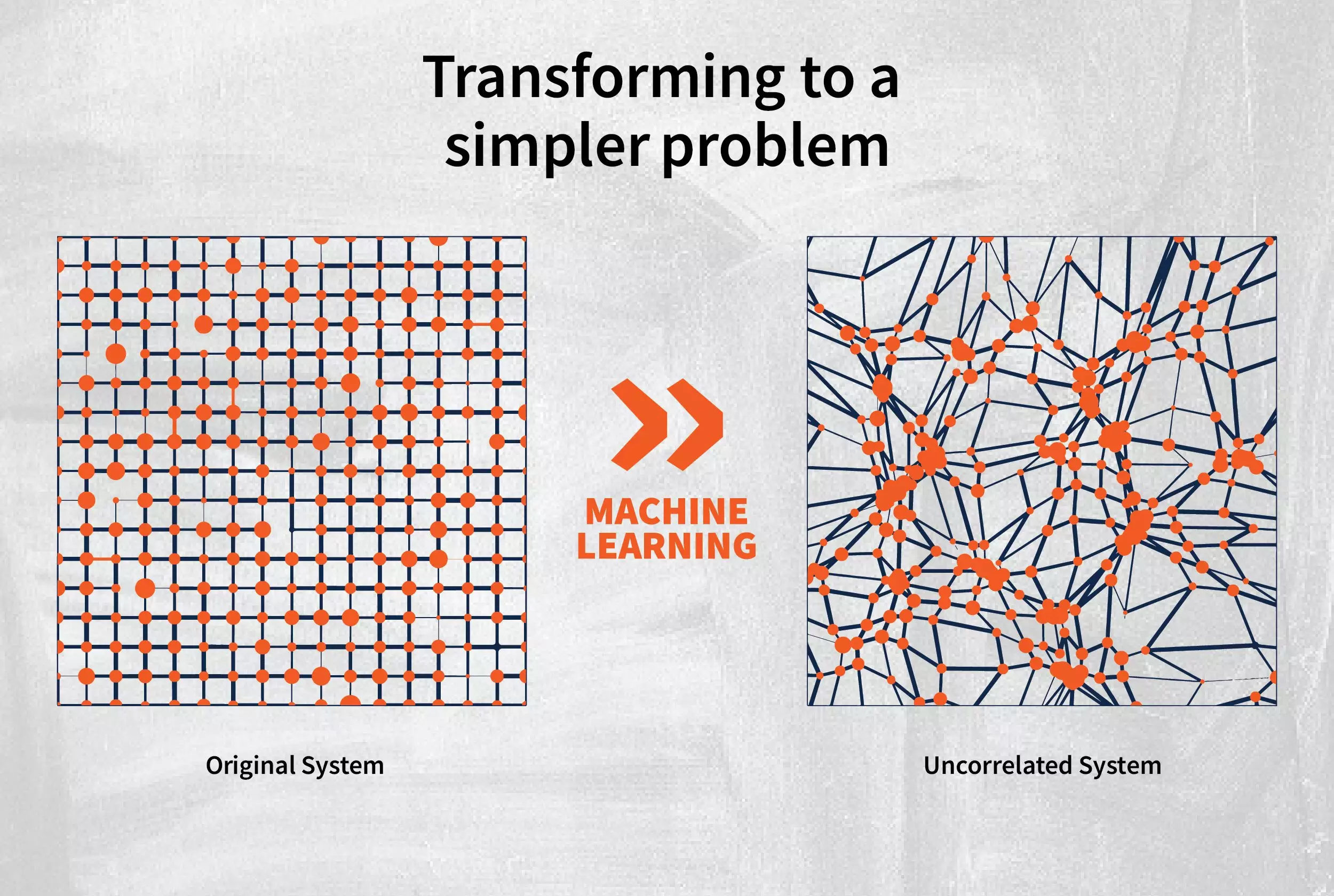In a groundbreaking study conducted by researchers at the University of Illinois Urbana-Champaign, a new method for modeling diffusion in multicomponent alloys has been developed. This approach, which involves the concept of “kinosons” and machine learning, revolutionizes the way diffusivity in solids is calculated, making it orders of magnitude more efficient than traditional methods.
Diffusion in solids is a crucial process in various industries, such as the production of steel, battery technology, and semiconductor device manufacturing. However, simulating diffusion over long timescales can be challenging and time-consuming. Current methods require running simulations for extended periods to obtain an accurate representation of atom movement, limiting the ability to study diffusion in-depth.
The research team introduced the concept of kinosons, which are individual contributions to diffusion in multicomponent alloys. By applying machine learning to compute the statistical distribution of these kinosons, researchers were able to model diffusivity more efficiently. This innovative approach simplifies the calculation of diffusivity by treating each atom jump as a unique contribution, eliminating the need to track correlated jumps that complicate traditional diffusion modeling.
One of the primary advantages of using kinosons and machine learning in diffusion modeling is the significant increase in speed. By focusing on individual atom movements rather than whole trajectories, simulations can be completed much faster, up to 100 times more efficiently than conventional methods. This faster calculation process opens up new possibilities for studying diffusion in multicomponent alloys and understanding how different elements diffuse within solid materials.
The lead researcher, Dallas Trinkle, anticipates that this innovative method will revolutionize the field of diffusion studies. By offering a different perspective on the problem and providing a more efficient way to calculate diffusivity, Trinkle believes that this approach could become the standard method for modeling diffusion in the next decade. The ability to extract the distribution of kinosons and analyze how elements diffuse in solids has the potential to reshape our understanding of diffusion processes in materials.
The development of kinosons and machine learning as a means of modeling diffusion in multicomponent alloys represents a significant advancement in materials science research. By streamlining the calculation process and improving efficiency, this innovative approach offers new insights into the fundamental processes of diffusion while paving the way for future advancements in the field. As researchers continue to explore the applications of kinosons in diffusion modeling, the impact of this method on industry and scientific research is expected to be profound.


Leave a Reply